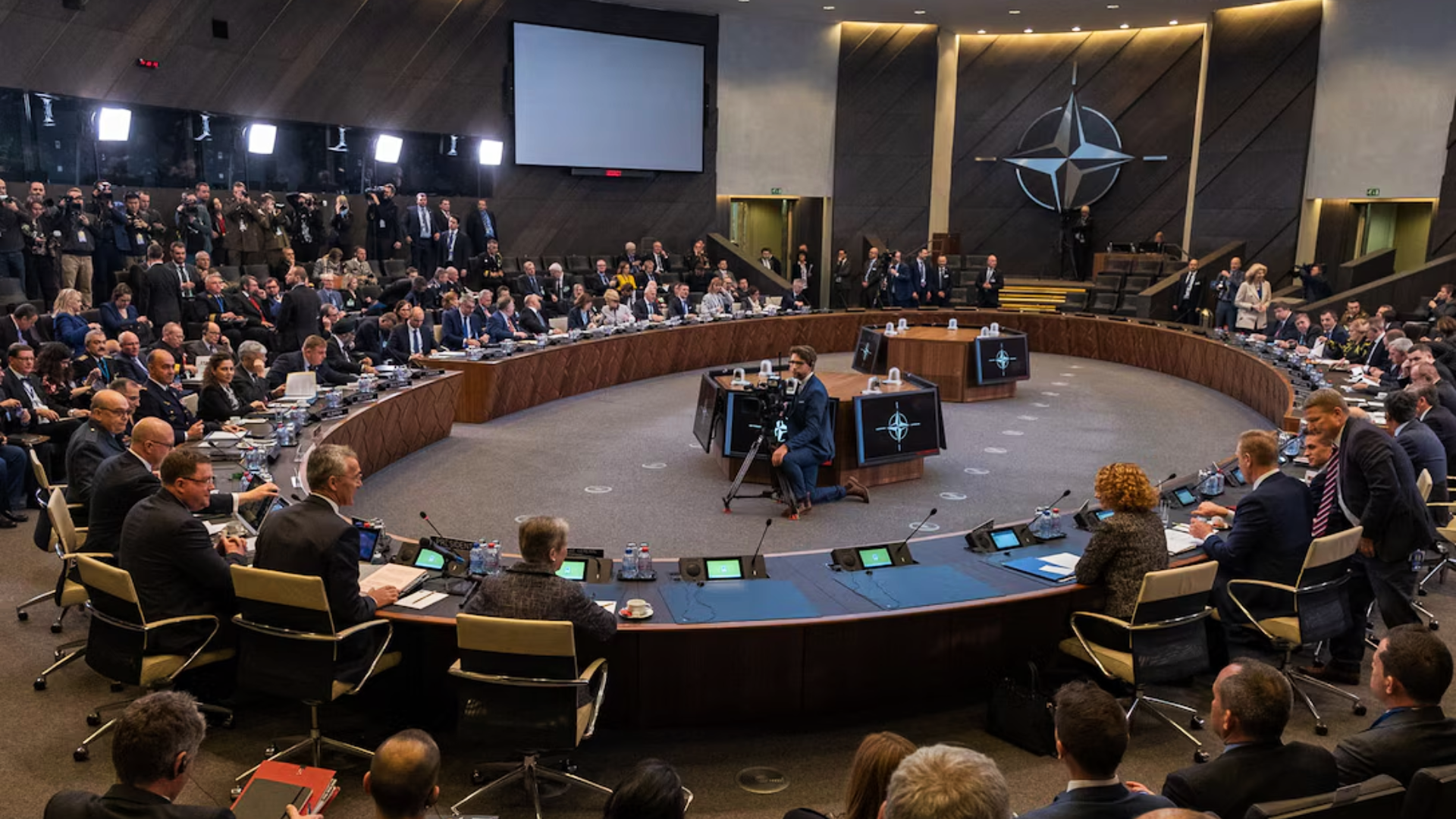NATO’s new defence spending target has sparked debate across member states, prompting questions about its long-term viability and potential impact on domestic priorities.
Last week, all 32 member states, representatives of the European Union, and even President Volodymyr Zelenskyy met in The Hague for the NATO summit. This year saw the escalation of tensions in the Middle East, the war in Ukraine, and pressure from Russia and China. As a result, there was global anticipation surrounding the summit, with many eager to see how NATO would showcase its resolve and outline its efforts to adapt to the rapidly evolving security landscape.
Throughout the summit, several key outcomes were achieved, ranging from reaffirmations of their commitment to collective defence to Russia being identified as a long-term threat to the alliance. However, one major outcome had many around the world raising eyebrows: a new defence spending target of 5% of GDP for all member states.
NATO’s defence spending
NATO’s defence spending is calculated on a GDP basis. This means that a member state should spend a certain percentage of its GDP on its military and related security expenses. Before this year’s summit, NATO’s defence spending target was set at 2% of GDP.
This was intended to ensure that all members contributed their fair share to a collective defence, amid the US’s concerns that it was shouldering a disproportionate burden. Additionally, should the time arise, each member state needs to have a strong defence sector if a threat comes knocking at NATO’s door.
Despite this, not all members could meet the 2% target, with only 23 out of 32 succeeding year. Albeit other nations were likely to meet the previous target in 2025, a 3% increase in defence spending is still a big jump.
Stronger and safer together 🤝
Today NATO Allies agreed on a new goal for defence spending of 5 %. This is necessary to meet a complex security situation and deter Russia from further military aggression. As NATO we are united in our ironclad commitment to collective defence and… pic.twitter.com/sX7ktNZ4T6
— Ulf Kristersson (@SwedishPM) June 25, 2025
Why did the target increase?
With 2025 not exactly sparse on security threats, one of the biggest reasons for such a jump is the continued aggression Russia has posed to Euro-Atlantic security.
Additionally, President Donald Trump has yet again exerted pressure on NATO allies to further increase their defence contributions. He argues that the US, despite the 2% target, has been bearing an excessive share of the burden to fund NATO’s operations.
In fact, his presence and advocacy were key drivers behind the new ambitious spending target.
The split would see 3.5% of the spending allocated for defence-related infrastructure, while 1.5% would go towards cybersecurity, civil preparedness, and other critical infrastructure.




















